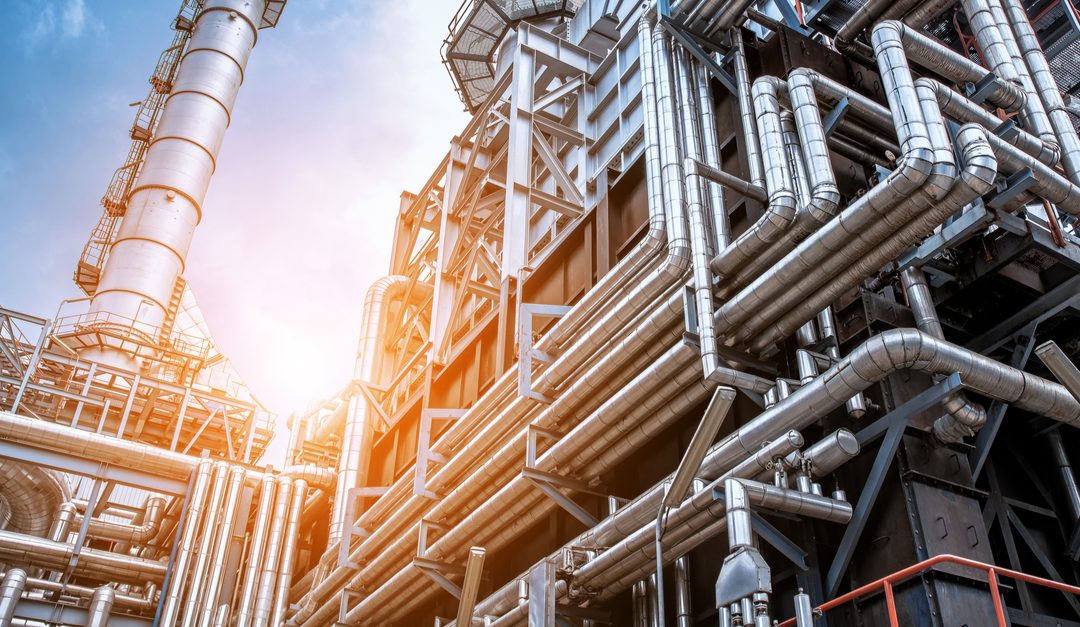Understanding ATEX Certification and Hazardous Area Zone Classification.
Explosive atmospheres are a risk in a number of workplaces – and a potentially devastating one. Flammable gases, mists or vapours, as well as combustible dusts such as those formed from metals or organic materials are found in a wide variety of different contexts. Provided there is enough of the substance, mixed with air, then an ignition could set off a catastrophic incident.
Little surprise, then, that relevant employers are required to take comprehensive action to manage the risks associated with explosive atmospheres. Their requirements are set out in ATEX, which consists of two separate EU directives. In Great Britain, the directives were put into effect by the Dangerous Substances and Explosive Atmospheres Regulations 2002 (DSEAR), and the BIS Equipment and Protective Systems Intended for Use in Potentially Explosive Atmospheres Regulations 1996 (SI 1996/192).
Broadly speaking, employers are required to mitigate or manage the risks associated with dangerous substances, by identifying those that are present, putting control measures in place, prepare emergency plans and procedures, properly training staff members, and, specifically, classifying areas of the workplace where explosive atmospheres may occur and avoiding ignition in those areas.
Avoiding ignition involves a range of different interventions. Employees must be provided with anti-static clothing, for example. Entry points to said areas must be clearly marked. And all equipment used throughout such an area, whether electrical or mechanical, must be specially selected to minimise the risk of explosion. Equipment is categorised (1, 2 or 3) depending on the level of risk in the zone where it is intended to be deployed.
There are various ways of constructing equipment to suit the requirements of ATEX environments, but all such hardware must undergo appropriate conformity procedures and be signed off by a third-party body, known as a Notified Body.
How Distec can help
Distec provides a wide variety of ruggedized hardware designed specifically for use in ATEX certified environments. We offer, for example, a wide range of Pepperl and Fuchs operator workstations and peripherals; Industrial Displays, PCs and Remote Monitors for Zone 1/21 and Zone 2/22 all certified for use in ATEX environments.
It is important to remember the mobile devices which may be used in ATEX areas too. Devices which are only sometimes taken into such hazardous zones still need to be certified to the same strict standards as permanent installations. We supply a range of ATEX Certified Mobile Devices and wearables from ecom.
We understand that there are likely to be other environmental considerations to bear in mind in hazardous areas too. Depending on the workplace in question, hardware in these zones may need to withstand extreme changes in temperature, or high-pressure washing. As such, our equipment for ATEX areas is designed not just to avoid ignition, but also to withstand the particular pressures and routines of these environments.
Want more advice on how to equip your hazardous zones and choose hardware which supports efficient business operations whilst also ensuring your compliance with these critical regulations? Get in touch with Distec today.

